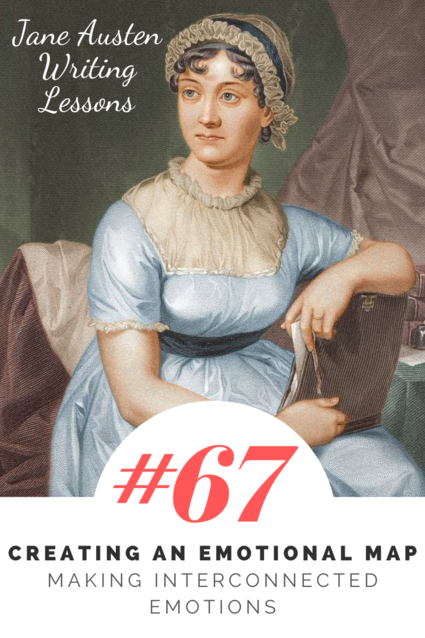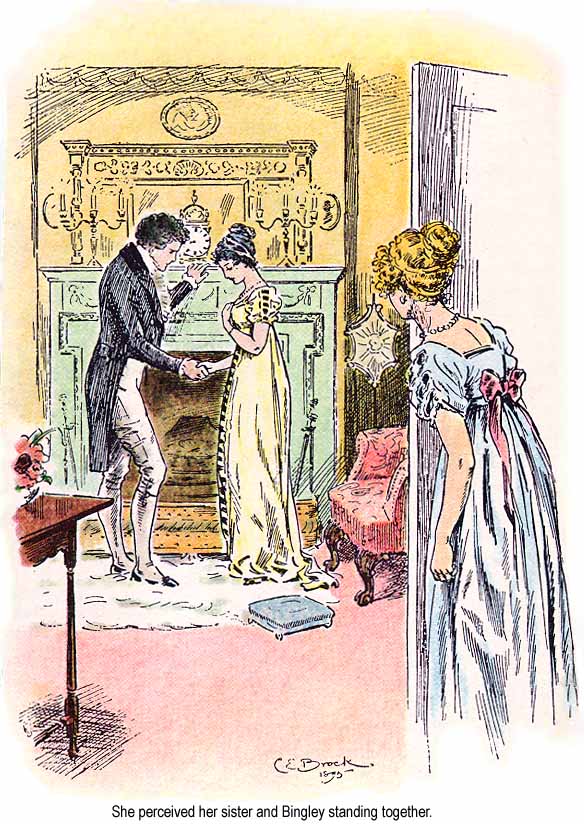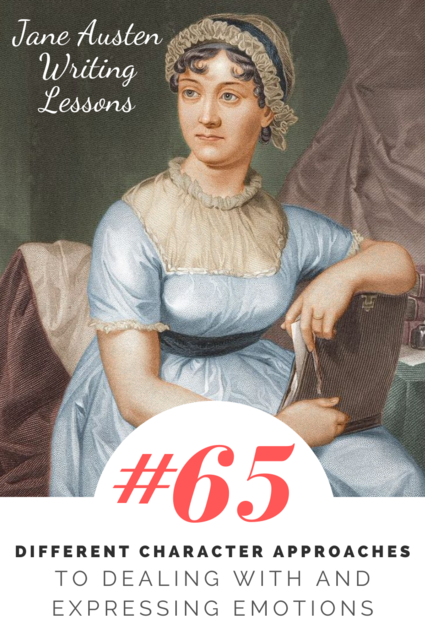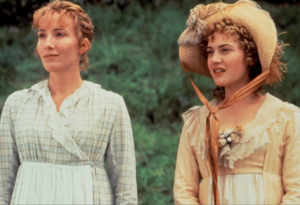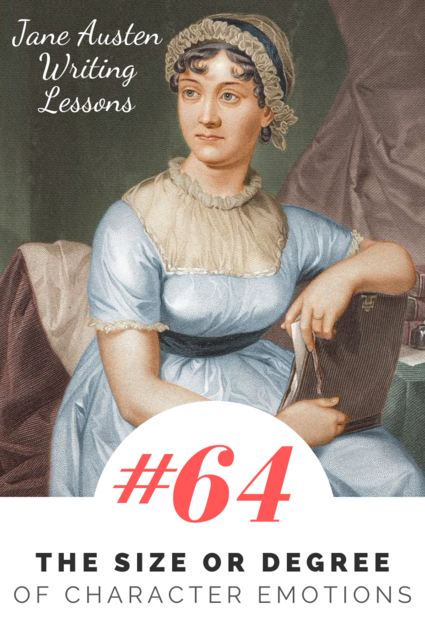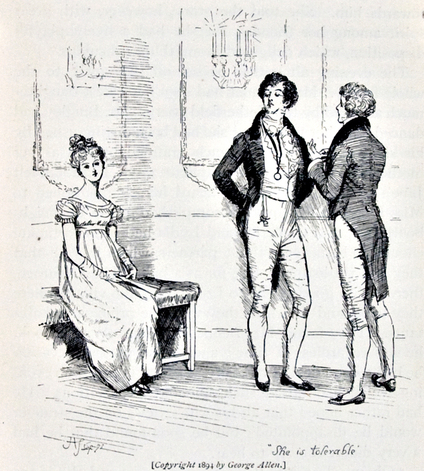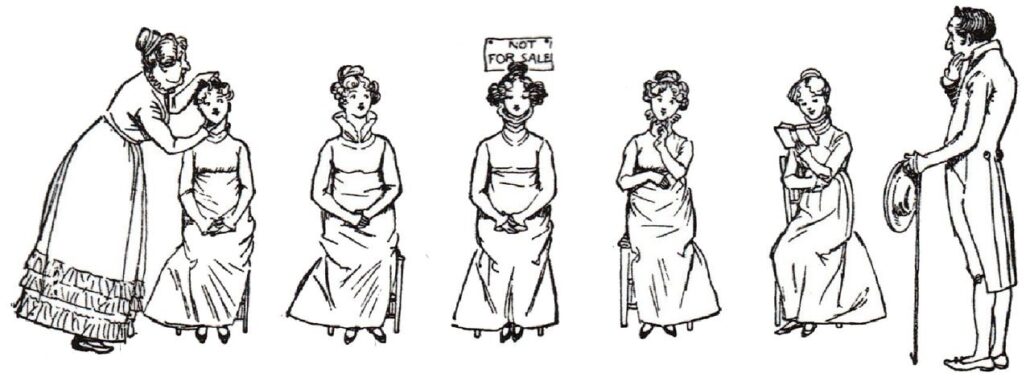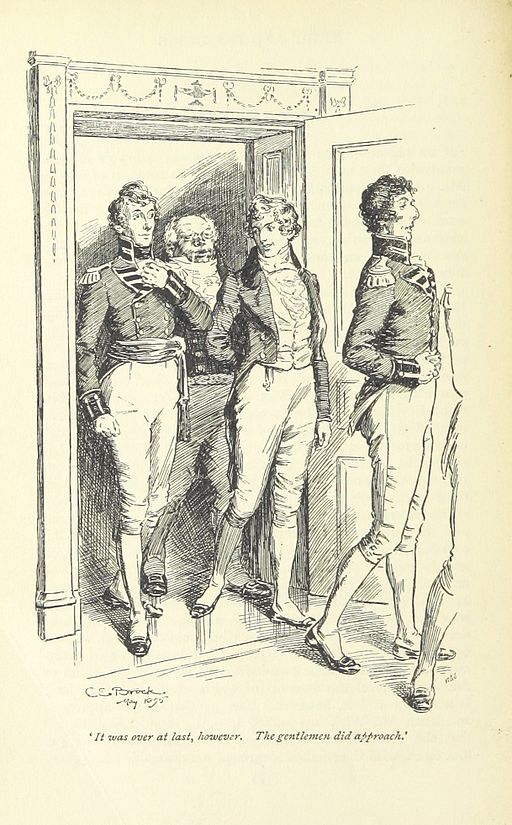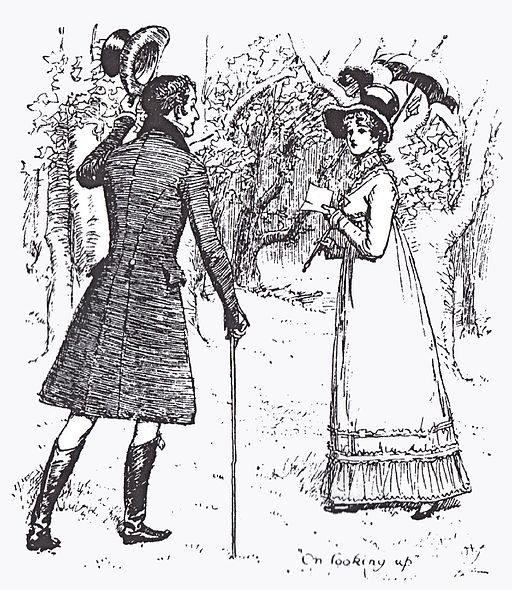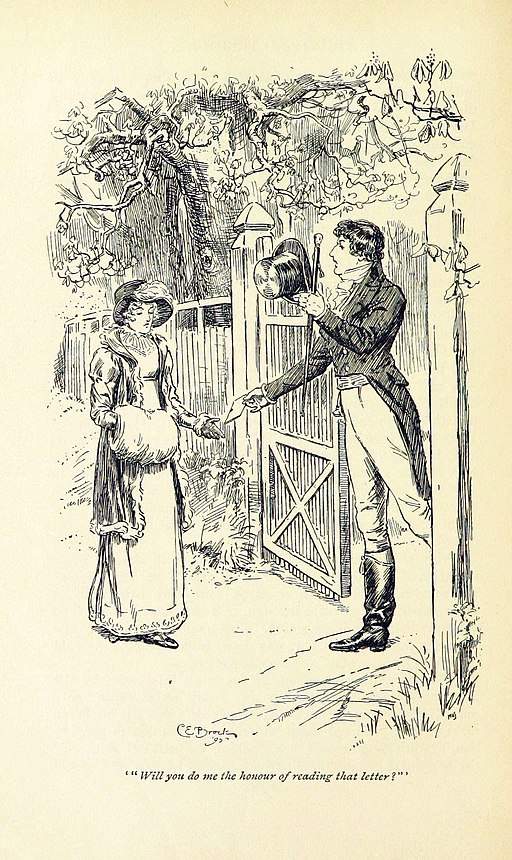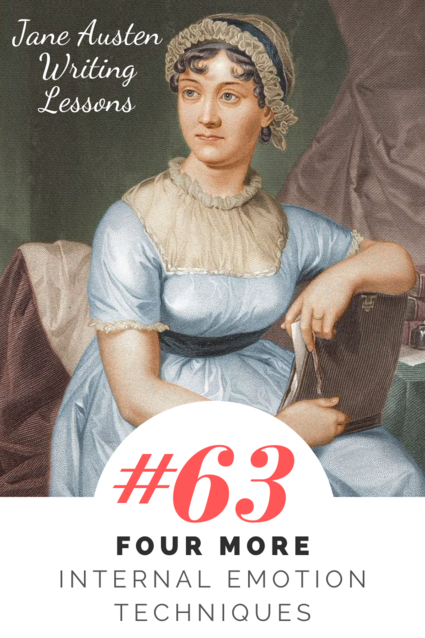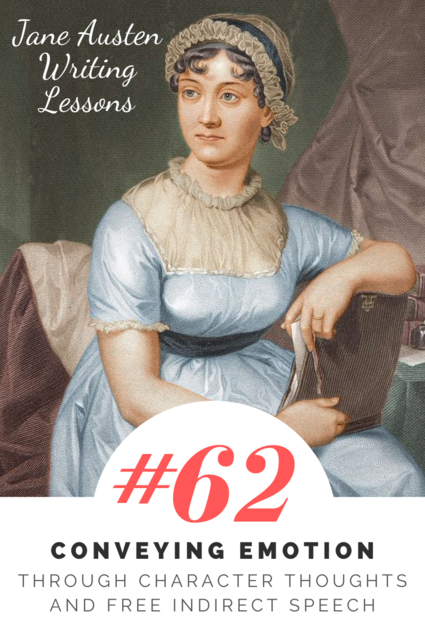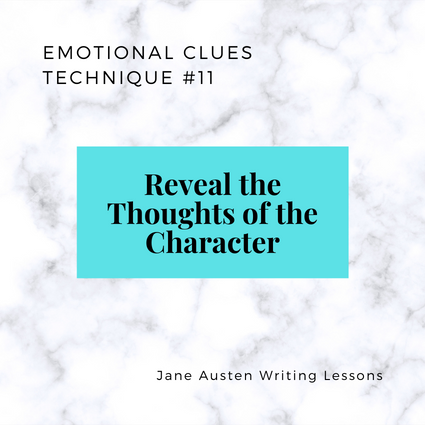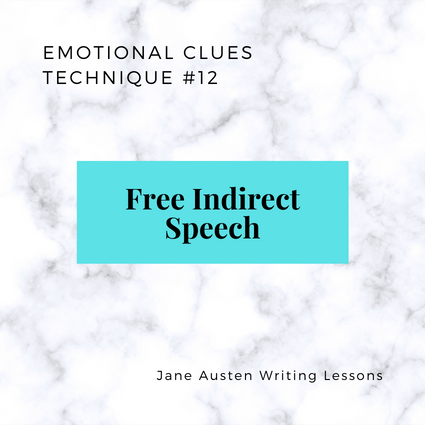#67: Creating an Emotional Map: Making Interconnected Emotions
We’ve talked a lot about writing emotions over the past months, with posts on:
- Planting clues to what characters feel
- Conveying emotion through character thoughts and free indirect speech
- Additional internal emotion techniques
- The size or degree of character emotions
- Different ways that characters deal with and express emotions
- Evoking emotions through external objects (objective correlative)
I wanted to do one final post on emotions, that ties everything together, so today I’ll be talking about creating an emotional map, or making a characters emotions in a single scene connected to their emotions in other scenes.
Near the end of Pride and Prejudice, Jane, the eldest of the Bennet sisters, becomes engaged to Mr. Bingley. Elizabeth opens a door and sees Jane and Mr. Bingley standing next to the fireplace, rather close to each other. Jane and Bingley quickly move apart, looking embarrassed.
Not a syllable was uttered by either; and Elizabeth was on the point of going away again, when Bingley, who as well as the other had sat down, suddenly rose, and, whispering a few words to her sister, ran out of the room.
Jane could have no reserves from Elizabeth, where confidence would give pleasure; and, instantly embracing her, acknowledged, with the liveliest emotion, that she was the happiest creature in the world.
“’Tis too much!” she added, “by far too much. I do not deserve it. Oh, why is not everybody as happy?”
Elizabeth’s congratulations were given with a sincerity, a warmth, a delight, which words could but poorly express. Every sentence of kindness was a fresh source of happiness to Jane. But she would not allow herself to stay with her sister, or say half that remained to be said, for the present.
“I must go instantly to my mother,” she cried. “I would not on any account trifle with her affectionate solicitude, or allow her to hear it from anyone but myself. He is gone to my father already. Oh, Lizzy, to know that what I have to relate will give such pleasure to all my dear family! how shall I bear so much happiness?”
Jane’s emotions are expressed primarily through her physical actions and through her dialogue (including the diction, word choice, and use of emphasis). It’s an effective scene at conveying emotions, but what makes it work is largely based on what Austen has established in the rest of the book.
An 1895 illustration by CE Brock of Jane and Bingley together, immediately after becoming engaged. Public domain image via Wikimedia Commons.
This post-proposal scene is in conversation with dozens of other scenes which have demonstrated Jane’s emotions. We’ve seen how reserved Jane is in outwardly expressing emotions, especially in groups of people (of Bingley she offers only “cautious praise” to everyone but Elizabeth). We’ve seen the pleasure Jane takes from little interactions with Mr. Bingley and his sister. We’ve seen her hope for an engagement. And then we’ve seen her despair—her utter, all-encompassing despair—when Mr. Bingley leaves without a word to her (though his sister Caroline almost gleefully writes to Jane of the news).
At various points Elizabeth and other characters analyze Jane’s emotions, sensing Jane’s devastation beneath all her attempts to insist that “He will be forgot, and we shall all be as we were before.”
At one point, Elizabeth reexamines all the letters that Jane has written to her:
They contained no actual complaint, nor was there any revival of past occurrences, or any communication of present suffering. But in all, and in almost every line of each, there was a want of that cheerfulness which had been used to characterize her style, and which, proceeding from the serenity of a mind at ease with itself, and kindly disposed towards everyone, had been scarcely ever clouded. Elizabeth noticed every sentence conveying the idea of uneasiness…
Jane’s utter joy at her engagement if effective because of all of these other scenes. Her happiness is the culmination of her earlier attachment to Mr. Bingley, and provides stark contrast to her despair.
An individual emotion does not occur in a vacuum. The emotion found in a single scene is simply a leaf or a branch on a character’s emotional tree. It’s a single block in a Lego tower, part of a larger structure which is more magnificent and complex than an individual Lego can be on its own.
When I am revising a story, I like to consider a character’s individual emotions as part of a larger emotional map. After all, a character has emotional valleys and mountains, fast-moving rivers and muddy bogs. There are cities and villages: parts of the map where a series of emotions relate to a particular person, object, incident, or theme. Some characters experience their emotional map as a journey: they have an emotional arc as their emotions, or ways of dealing with their emotions, change. Other characters circle through the map in a regular fashion, or spend most of their time in a single area of the map. For some characters, we receive only a glimpse of their emotional map, while for others, we explore broad swaths of it with them.
Whenever I am stuck trying to figure out a character’s emotion, or I feel like I’m not effectively conveying that emotion on the page, I think about the characters emotional map and how this emotion connects to all the others in the story. Doing so always helps me to understand the character’s emotion in the moment and what will best convey that to the reader.
1. Write a page about how your current emotions connect to prior emotions you have had. You can focus on a specific emotion or on a specific incident. Reflect on what your own emotions can teach you about the emotions of your characters.
2. Use a visual form to analyze one of your character’s emotions and how they connect to each other. This might be a map (or even a treasure map), a tree, a building/structure, or anything else you think would be an effective medium. You could create this with paper or other objects, or you could print out a map/floorplan/picture, etc. and add things to it. Personally, I like doing this in a tactile way, with pen, paper, glue, etc., but you can do it virtually as well.
3. Find one of your favorite expressions of emotion in fiction, and then find two or three other passages/scenes in the same work that have a strong connection to this emotion (whether in building to it, contrasting with it, foreshadowing it, etc.).


